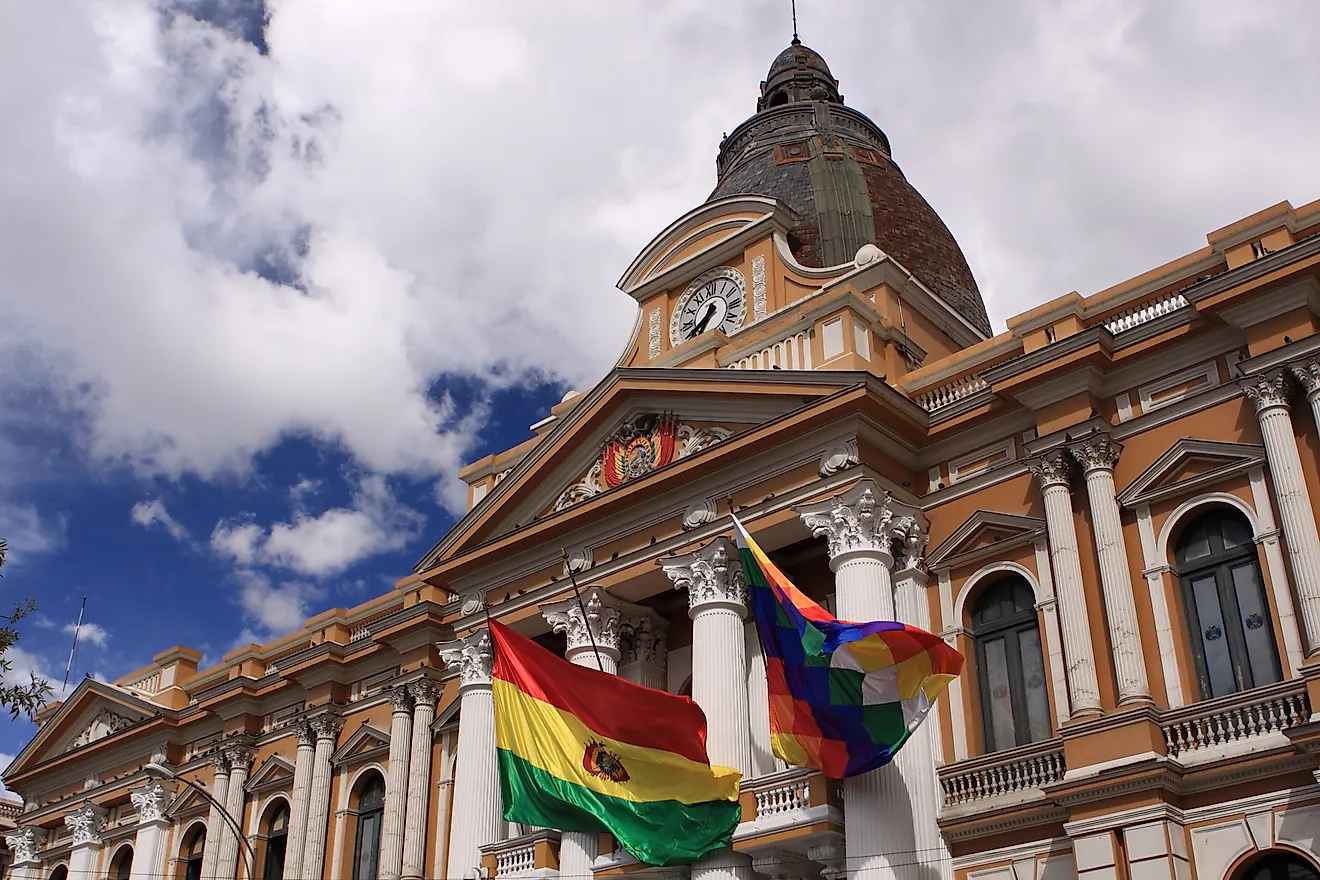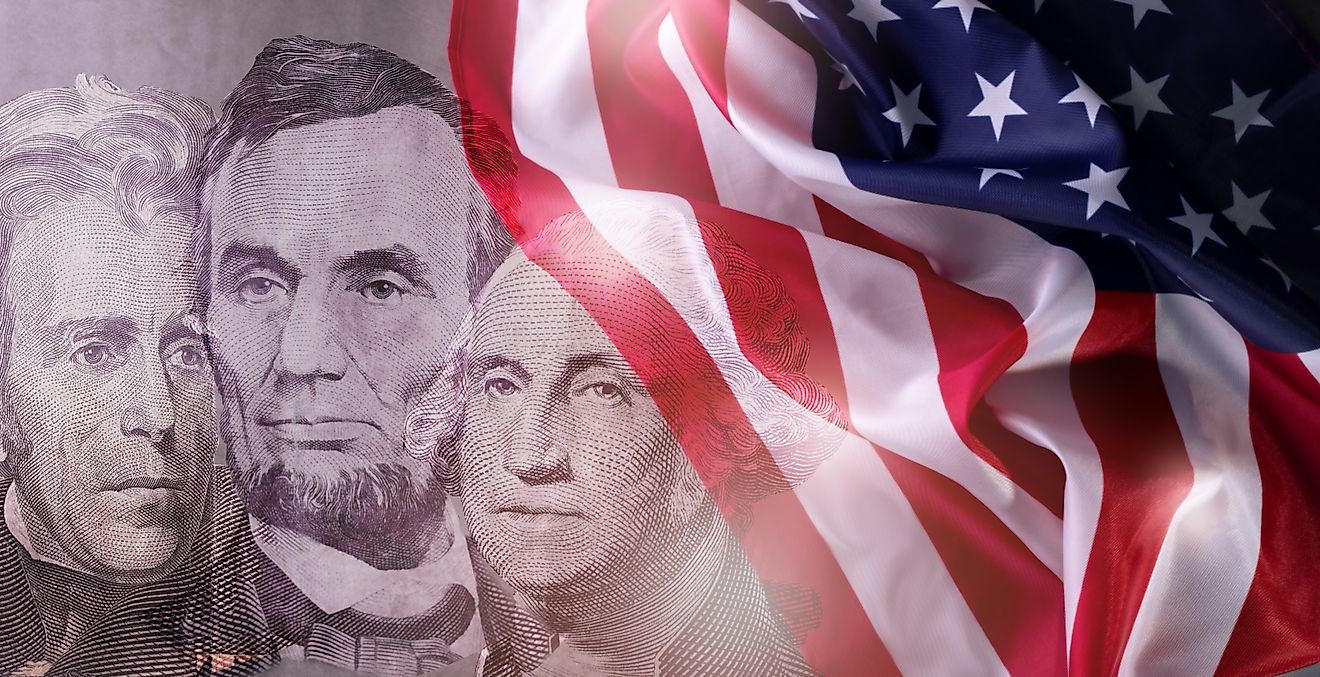When Did Bolivia Become A Democracy?

- The population of Bolivia in 2016 was about 11 million
- The country attained its independence in 1825.
- Democracy became a reality in Bolivia in 1982.
Bolivia is the fourth largest country in South America and the 28th in the world. It is a land-locked country, and its small population comprises of indigenous communities such as the Amerindian, Quechua, and Aymara. Approximately 30% of this population is white or mixed race. In 2016, the country was ranked the 81st in the world, with nearly 11 million people.
The Spanish Conquest
Bolivia was initially called Upper Peru. The country has been in existence for over 12,000 years. Its farming communities dated as far back as 3000 BC and flourished until 1000 AD when they started to fade. Colonialism was first experienced in the 15th century when the Inca Empire from pre-Columbian America overpowered the Aymara community. In the mid-15th century, the Spanish colonialists extended their territory from Central and Western America to Latin America, conquering the Inca people. They took over the political, social, and economic systems of the Bolivian Highlands.
Pre-Democracy Era
Bolivia achieved independence in 1825 through Simon Bolivar’s revolutionary forces. Bolivar oversaw the drafting of Bolivia’s first constitution. His deputy, Antonio Jose de Sucre, became the first president. It was during this period that the name of the country was changed from Upper Peru to Bolivia. Sucre was removed from power in 1828 as Andres de Santa Cruz took over leadership until 1839 when the country entered its 40 years of inconstant rule. In 1879, the country lost the Atacama region that gave it access to the Pacific, becoming land-locked. Two political parties were formed in the same year: the conservative party, which advocated for peace with neighboring Chile, and the Liberal party advocating for independence from neighboring countries. In 1880, the country adopted a more democratic constitution, although voting was still restricted to a minority of people. Bolivia became politically stable until 1935 when the Chaco War with Paraguay led to the loss of power. In 1952, the Nationalist Revolutionary Movement or MNR took power by force. A military coup came to power in 1964, and the country got into 18 years of dictatorship rule and unstructured systems.
Establishment Of Democratic Governance
The country founded democratic governance in 1982 after its citizens protested. Siles Zuazo, an MNR leader who was president between 1956 and 1960, was made the leader. Paz Estenssoro succeeded him in 1985 and launched programs that revived the country from a grave economic crisis. General Hugo Banzer succeeded Paz in 1997, ending the MNR’s rule. Hugo’s government partnered with the United States government to eradicate poverty in the Quechua and Aymara people. Since the revolution in 1952 by the Nationalist Revolutionary Movement, no presidential candidate had ever received over 50% of the popular vote. Congress had the right to choose a president from the top three candidates.
The system continued to operate until 2002 when Sanchez Lozado was reelected with a 22% majority vote count. In 2005 however, for the first time, Evo Morales was elected with 55% of the total votes. Morales was the first indigenous president in the History of Bolivia. He was reelected under a new constitution in 2009, with a 65% majority vote.
Economy Of Bolivia
Bolivia has the world’s 95th largest economy and the 87th largest economy regarding purchasing power parity. The World Bank ranks Bolivia as a low, middle-income country. Bolivia is ranked 114th in terms of the human development index. In 2017, the country had a GDP of $37.51 billion, and in the same year, GDP per capita was $3,393.











